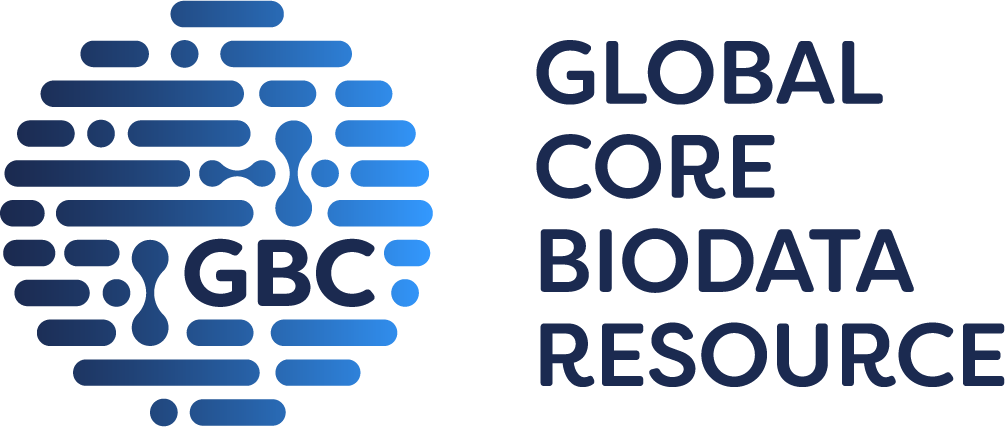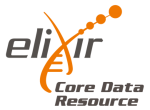Any feedback?
Literature summary extracted from
- Casein kinase 1: complexity in the family (2011), Int. J. Biochem. Cell Biol., 43, 465-469.
Activating Compound
| EC Number | Activating Compound | Comment | Organism | Structure |
|---|---|---|---|---|
| 2.7.11.1 | pyrvinium | an FDA-approved anthelmintic drug, a very potent allosteric activator of CKalpha that inhibits the Wnt/beta-catenin pathway by increasing phosphorylation and degradation of beta-catenin, along with other key substrates. it is specific for CK1alpha versus other forms of CK1 | Homo sapiens |
Application
| EC Number | Application | Comment | Organism |
|---|---|---|---|
| 2.7.11.1 | medicine | the CK1 family of serine/threonine kinases appears to be a viable therapeutic target for the treatment of a number of human malignancies like jet-lag and cancer, overview | Homo sapiens |
Cloned(Commentary)
| EC Number | Cloned (Comment) | Organism |
|---|---|---|
| 2.7.11.1 | gene transcript organization of human CK1 isoforms and their splice variants, overview | Homo sapiens |
Organism
| EC Number | Organism | UniProt | Comment | Textmining |
|---|---|---|---|---|
| 2.7.11.1 | Homo sapiens | - |
- |
- |
Posttranslational Modification
| EC Number | Posttranslational Modification | Comment | Organism |
|---|---|---|---|
| 2.7.11.1 | phosphoprotein | CK1 is regulated by posttranslational modification, including autophosphorylation | Homo sapiens |
Reaction
| EC Number | Reaction | Comment | Organism | Reaction ID |
|---|---|---|---|---|
| 2.7.11.1 | ATP + a [protein]-(L-serine/L-threonine) = ADP + a [protein]-(L-serine/L-threonine) phosphate | the CK1 family shows a strong preference both in vitro and in vivo for primed, pre-phosphorylated substrates. CK1 family members prefer acidic substrates in vitro, most notably those with acidic residues in the N-3 position, e.g. D-X-X-S/T. The most effective motif contains a phospho-residue in the N-3 position, such as pS/pT-X-X-S/T, where pS/pT refers to a phospho-serine or phospho-threonine, X refers to any amino acid, and the underlined residues refer to the target site | Homo sapiens |
Substrates and Products (Substrate)
| EC Number | Substrates | Comment Substrates | Organism | Products | Comment (Products) | Rev. | Reac. |
|---|---|---|---|---|---|---|---|
| 2.7.11.1 | ATP + AIB1 protein | phosphorylation at S601 by isozyme CK1delta | Homo sapiens | ADP + phosphorylated AIB1 protein | - |
? | |
| 2.7.11.1 | ATP + beta-catenin | - |
Homo sapiens | ADP + phosphorylated beta-catenin | by isozymes CK1delta and CK1epsilon | ? | |
| 2.7.11.1 | ATP + calmodulin | phosphorylation by isozyme CK1alpha | Homo sapiens | ADP + phosphorylated calmodulin | - |
? | |
| 2.7.11.1 | ATP + CARMA1 protein | i.e. CARD11 protein, phosphorylation at S608 by isozyme CK1alpha | Homo sapiens | ADP + phosphorylated CARMA1 | - |
? | |
| 2.7.11.1 | ATP + Cdc25A | phosphorylation at S79 and S82 by isozyme CK1alpha | Homo sapiens | ADP + phosphorylated Cdc25A | - |
? | |
| 2.7.11.1 | ATP + Dnmt1 protein | phosphorylation at S147 by isozymes CK1delta and CK1epsilon | Homo sapiens | ADP + phosphorylated Dnmt1 protein | - |
? | |
| 2.7.11.1 | ATP + FADD protein | phosphorylation at S194 by isozyme CK1alpha | Homo sapiens | ADP + phosphorylated FADD protein | - |
? | |
| 2.7.11.1 | ATP + IFNAR1 protein | phosphorylation at S535 by isozyme CK1alpha | Homo sapiens | ADP + phosphorylated IFNAR1 protein | - |
? | |
| 2.7.11.1 | ATP + KLP10A protein | phosphorylation at S573 by isozyme CK1alpha | Homo sapiens | ADP + phosphorylated KLP10A protein | - |
? | |
| 2.7.11.1 | ATP + PHLPP1 protein | phosphorylation at T851 by isozyme CK1alpha | Homo sapiens | ADP + phosphorylated PHLPP1 protein | - |
? | |
| 2.7.11.1 | ATP + PKD2 protein | phosphorylation at S244 by isozymes CK1alpha, CK1delta, and CK1epsilon | Homo sapiens | ADP + phosphorylated PKD2 protein | - |
? | |
| 2.7.11.1 | ATP + Rec8 protein | phosphorylation at S412 by isozyme CK1delta and CK1epsilon, and at S400, S402, S404, S410, T414, and S416 | Homo sapiens | ADP + phosphorylated Rec8 protein | - |
? | |
| 2.7.11.1 | ATP + SLR1 protein | phosphorylation at S196 and SS510 | Homo sapiens | ADP + phosphorylated SLR1 protein | - |
? | |
| 2.7.11.1 | ATP + Snail protein | phosphorylation at S104 and S07 by isozyme CK1epsilon | Homo sapiens | ADP + phosphorylated Snail protein | - |
? | |
| 2.7.11.1 | ATP + YAP protein | phosphorylation at S384 and S387 by isozymes CK1delta and CK1epsilon | Homo sapiens | ADP + phosphorylated YAP protein | - |
? | |
| 2.7.11.1 | additional information | CK1 exhibits autophosphorylation activity | Homo sapiens | ? | - |
? |
Subunits
| EC Number | Subunits | Comment | Organism |
|---|---|---|---|
| 2.7.11.1 | monomer | - |
Homo sapiens |
Synonyms
| EC Number | Synonyms | Comment | Organism |
|---|---|---|---|
| 2.7.11.1 | casein kinase 1 | - |
Homo sapiens |
| 2.7.11.1 | CK1 | - |
Homo sapiens |
| 2.7.11.1 | CK1alpha | - |
Homo sapiens |
| 2.7.11.1 | CK1delta | - |
Homo sapiens |
| 2.7.11.1 | CK1epsilon | - |
Homo sapiens |
| 2.7.11.1 | CK1gamma | - |
Homo sapiens |
Cofactor
| EC Number | Cofactor | Comment | Organism | Structure |
|---|---|---|---|---|
| 2.7.11.1 | ATP | - |
Homo sapiens |
pI Value
| EC Number | Organism | Comment | pI Value Maximum | pI Value |
|---|---|---|---|---|
| 2.7.11.1 | Homo sapiens | CK1 family members are generally positively charged, with isoelectric points above 9 | - |
additional information |
General Information
| EC Number | General Information | Comment | Organism |
|---|---|---|---|
| 2.7.11.1 | evolution | CK1 belongs to the CK1 family of serine/threonine kinases, CK1 is evolutionary conserved within eukaryotes | Homo sapiens |
| 2.7.11.1 | metabolism | roles of CK1 in Wnt signaling, detailed overview | Homo sapiens |
| 2.7.11.1 | additional information | structure of catalytic sites of CK1 isozymes, overview. A spontaneously occurring human mutation of a CK1 priming site in PER2, Ser662, leads to decreased phosphorylation of stabilizing sites in PER2 and accelerated circadian rhythms | Homo sapiens |
| 2.7.11.1 | physiological function | the CK1 family of serine/threonine kinases regulates diverse cellular processes, including circadian rhythms, Wnt signaling, membrane trafficking, cytoskeleton maintenance, DNA replication, DNA damage response, RNA metabolism and parasitic infections, through binding to and phosphorylation a myriad of protein substrates. CK1 isoforms are key regulators of several cellular growth and survival processes, including Wnt and Hedgehog signaling, cell cycle control, DNA repair and apoptosis. CK1 is involved in scaffold binding and kinase regulation in Wnt signaling and circadian rhythms. CK1is itself regulated by posttranslationalmodification, including autophosphorylation. CK1alpha is a essential component of the Wnt/beta-catenin signaling pathway. It binds to axin, and phosphorylates beta-catenin on serine 45, thereby creating a GSK3 recognition site and ultimately causing the degradation of beta-catenin. CK1delta/epsilon are implicated in colon, pancreatic and breast cancer progression via the suppression of apoptosis, regulation of mitotic function, and/or activation of beta-catenin signaling. CK1epsilon is a pro-survival factor in cancer cells in vitro | Homo sapiens |





